Burning Bush Relocation – How To Move A Burning Bush
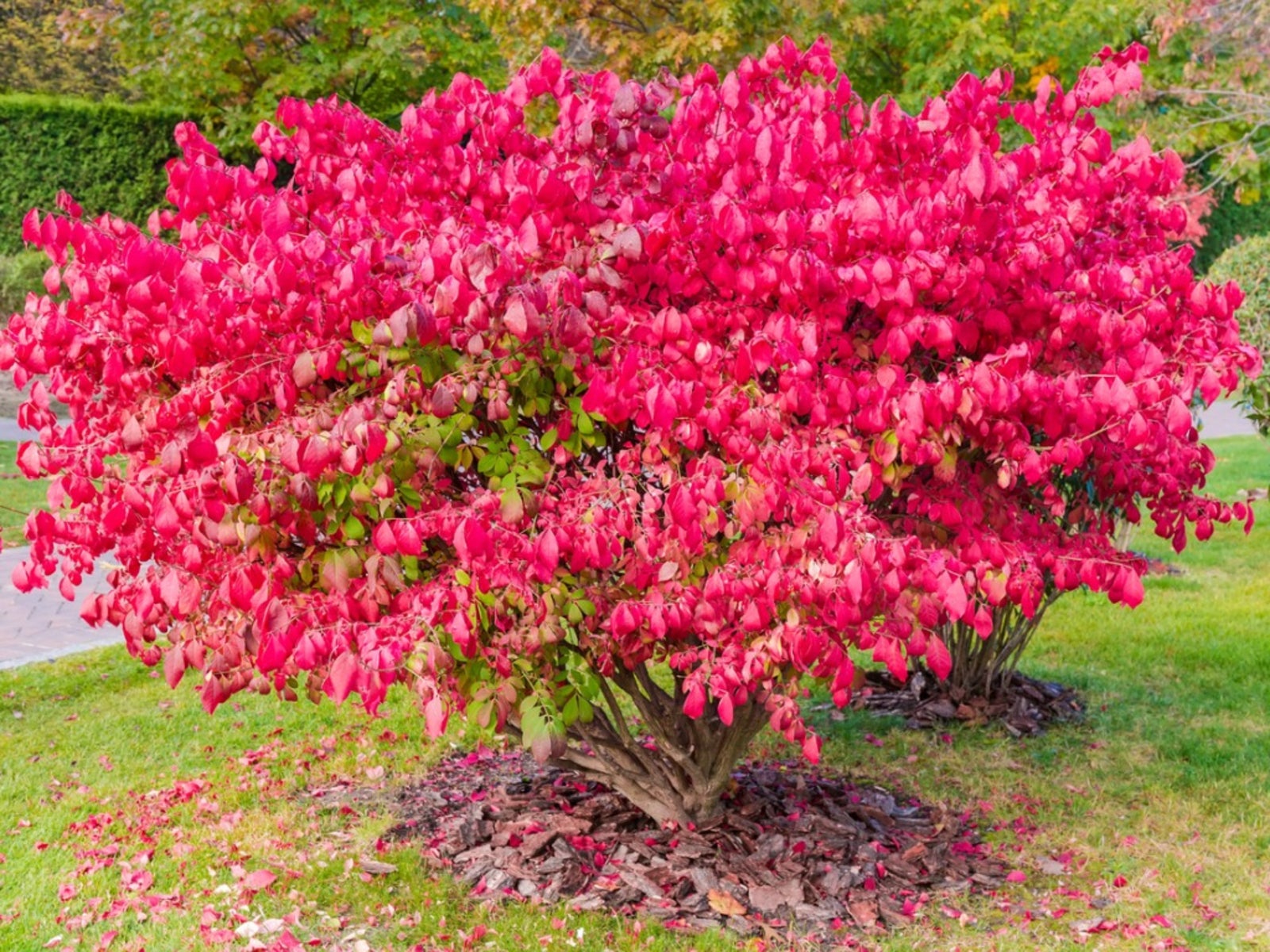

Burning bushes are dramatic, often serving as the centerpiece in a garden or yard. Since they’re so striking, it’s hard to give up on them if they can’t stay in the spot they’re in. Luckily, burning bush relocation is reasonably easy and has a pretty high success rate. Keep reading to learn more about burning bush transplanting and when to move burning bushes.
Burning Bush Relocation
Burning bush transplanting is best done in the fall so the roots have all winter to establish before spring growth starts. It can also be done in very early spring before the plant has woken up from dormancy, but the roots will have much less time to grow and establish before energy is diverted to producing leaves and new branches. The best way to go about transplanting a burning bush is to prune the roots in the spring and then do the actual move in the fall. To prune the roots, drive a shovel or spade straight down in a circle around the bush, somewhere between the drip line and the trunk. It should be at least a foot (31 cm.) from the trunk in every direction. This will cut the roots and form the basis of the root ball that you’ll be moving in the fall. By cutting in the spring, you’re giving the bush time to grow some new, shorter roots within this circle. If your burning bush relocation needs to happen right away, you can move it immediately after this step.
How to Move a Burning Bush
On the day of your burning bush transplanting, prepare the new hole ahead of time. It should be just about as deep as the root ball and at least twice as wide. Get a large sheet of burlap to contain the root ball, and a friend to help carry it – as it’s going to be heavy. Dig up the circle you cut in the spring and hoist the bush into the burlap. Move it quickly to its new home. You want it out of the ground as little as possible. Once it’s in place, fill the hole in halfway with soil, then water generously. Once the water has sunk away, fill the rest of the hole in and water again. If you had to cut away a lot of roots, remove some of the branches closest to the ground-- this will take some burden off the plant and allow for easier root growth. Don’t feed your burning bush since fertilizer at this time can damage new roots. Water moderately, keeping the soil moist but not soggy.
Gardening tips, videos, info and more delivered right to your inbox!
Sign up for the Gardening Know How newsletter today and receive a free copy of our e-book "How to Grow Delicious Tomatoes".

The only child of a horticulturist and an English teacher, Liz Baessler was destined to become a gardening editor. She has been with Gardening Know how since 2015, and a Senior Editor since 2020. She holds a BA in English from Brandeis University and an MA in English from the University of Geneva, Switzerland. After years of gardening in containers and community garden plots, she finally has a backyard of her own, which she is systematically filling with vegetables and flowers.
-
 Get Ready For A Summer Of Hummers! Grow These Full Sun Hummingbird Plants and Flowers
Get Ready For A Summer Of Hummers! Grow These Full Sun Hummingbird Plants and FlowersIf you’re lucky enough to enjoy a sunny backyard, make sure you are maxing out on your pollinator opportunities and grow these full sun hummingbird plants and flowers
By Tonya Barnett
-
 12 Lush Alternatives To A Lawn For Sustainable Spaces
12 Lush Alternatives To A Lawn For Sustainable SpacesAlternatives to a lawn are beautiful and also beneficial to your local ecosystem and its pollinators. Explore our top picks for plants to replace grass.
By Tonya Barnett
-
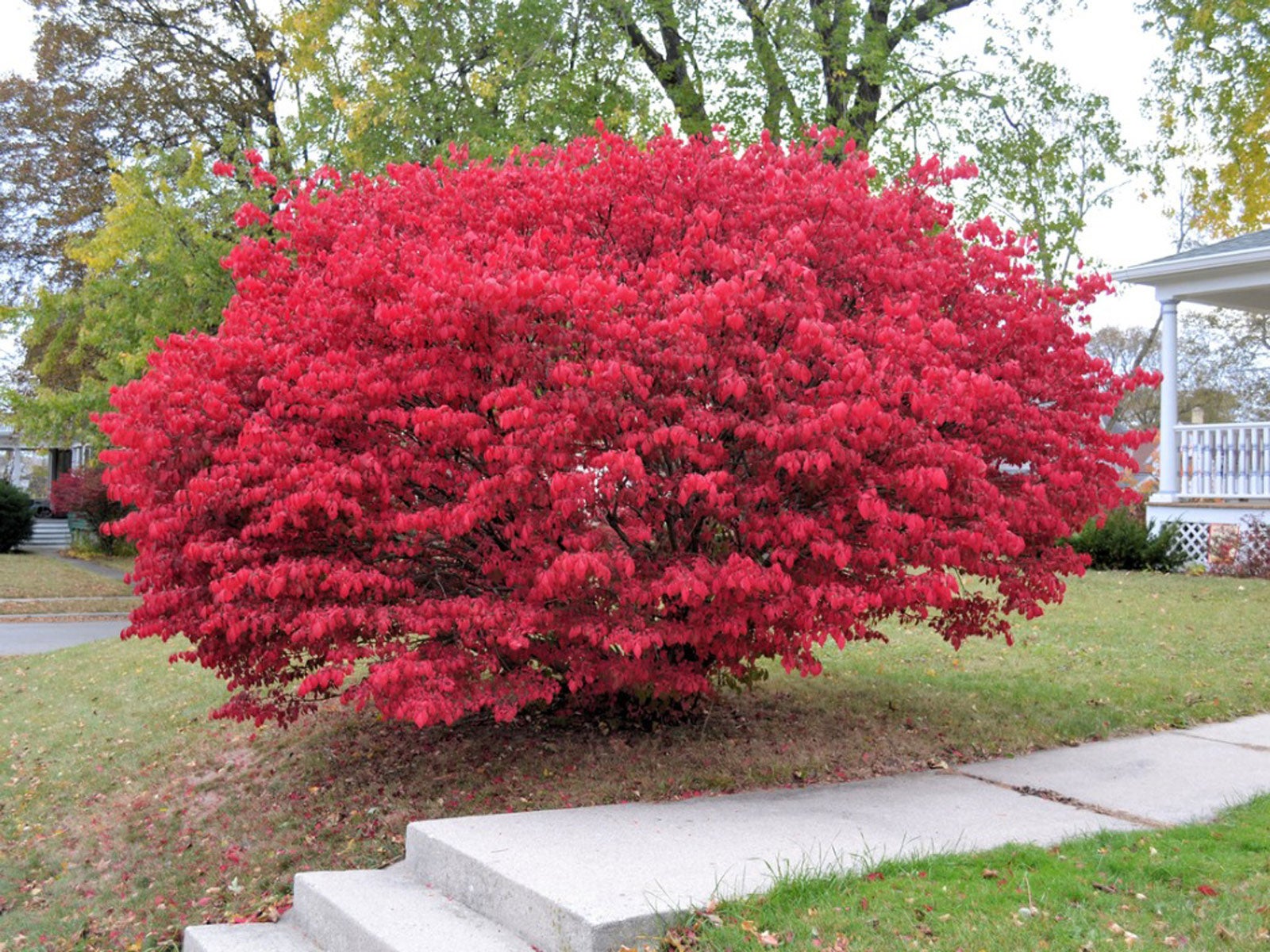 Is Burning Bush Bad – Tips On Burning Bush Control In Landscapes
Is Burning Bush Bad – Tips On Burning Bush Control In LandscapesBurning bush has long been a popular ornamental shrub in many U.S. yards and gardens. Unfortunately, it has proven to be invasive too. Click here for more.
By Mary Ellen Ellis
-
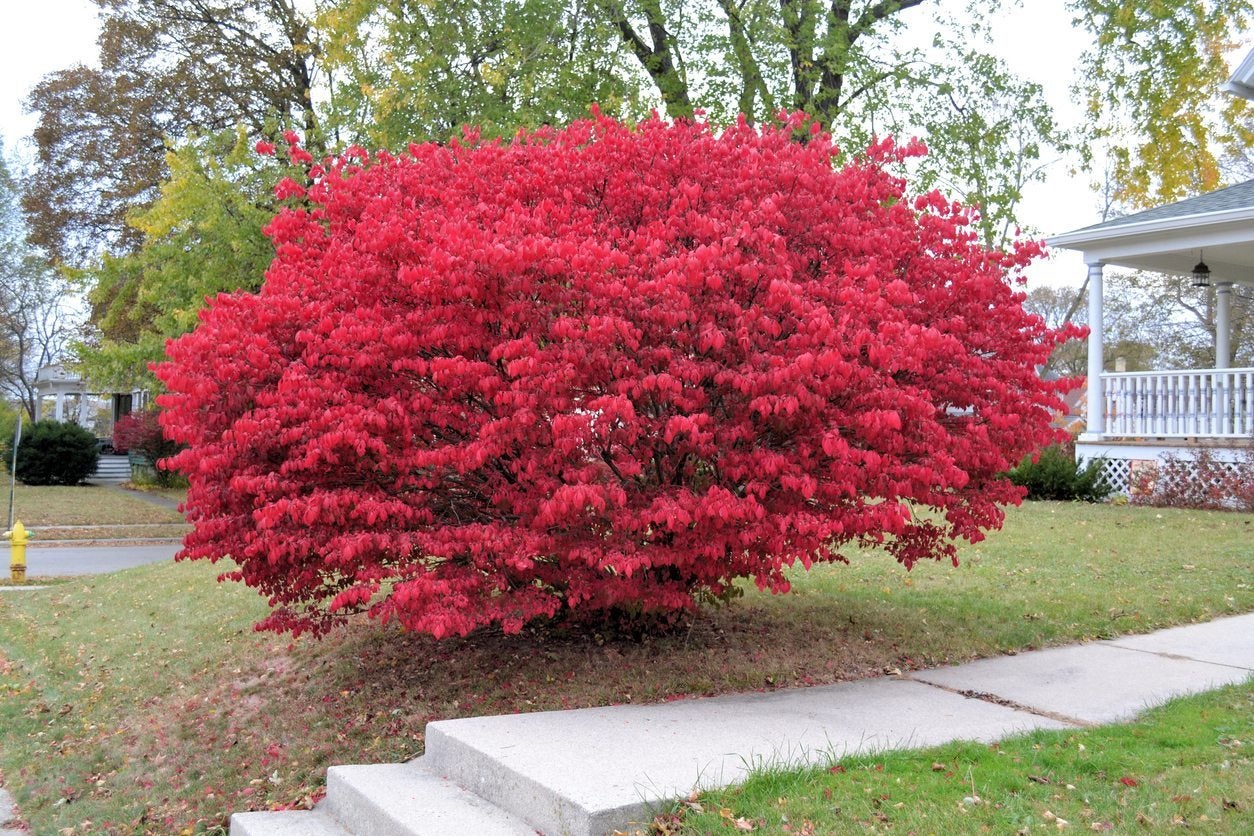 Why Won’t Burning Bush Turn Red – Reasons A Burning Bush Stays Green
Why Won’t Burning Bush Turn Red – Reasons A Burning Bush Stays GreenThe common name, burning bush, suggests that the plant?s leaves will blaze a fiery red, and that?s exactly what they are supposed to do. If your burning bush does not turn red, it?s a great disappointment. Why won?t burning bush turn red? This article will help.
By Teo Spengler
-
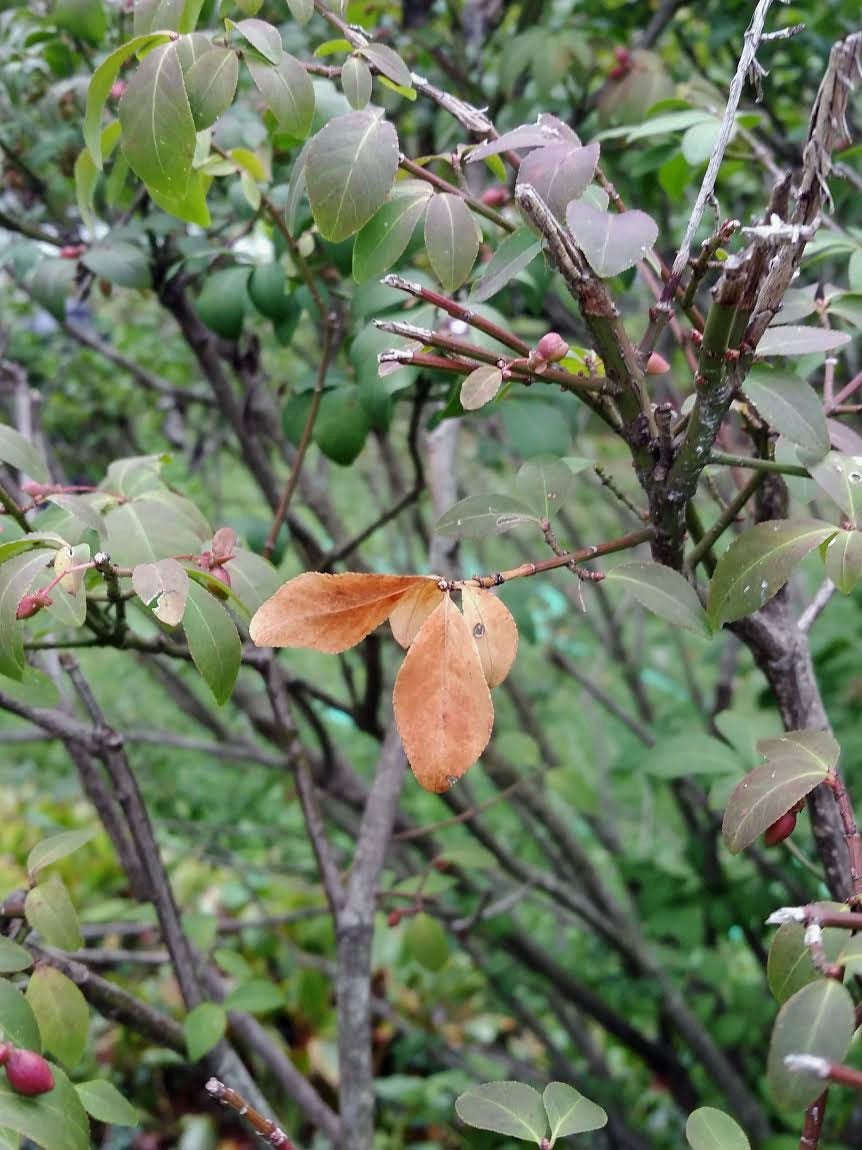 Why Burning Bush Is Turning Brown: Problems With Burning Bush Leaves Turning Brown
Why Burning Bush Is Turning Brown: Problems With Burning Bush Leaves Turning BrownBurning bush shrubs seem to be able to stand up to almost anything. That's why gardeners are surprised when they find burning bush leaves turning brown. Find out why these sturdy shrubs brown and what to do about it in this article.
By Jackie Carroll
-
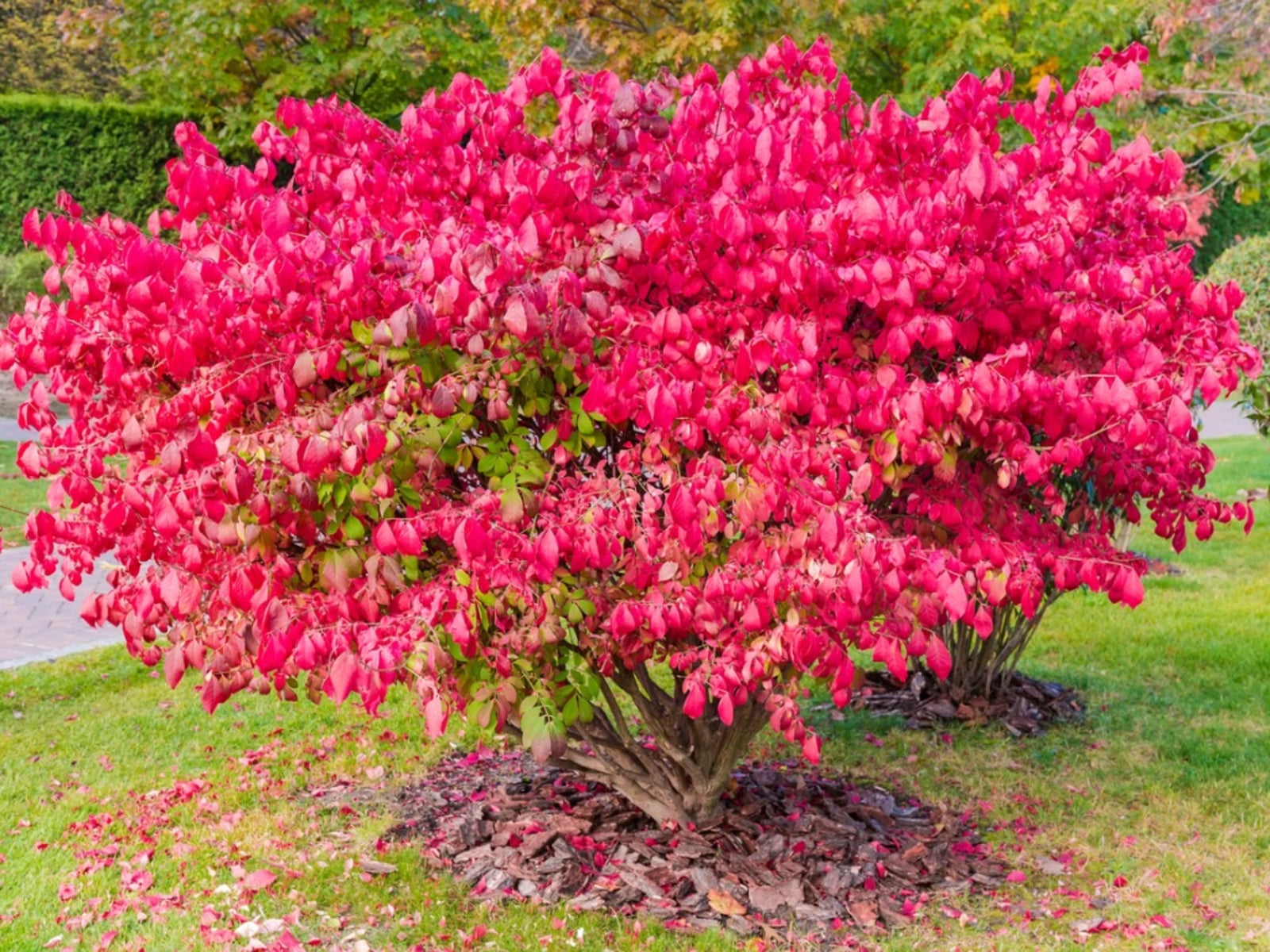 Insects On Burning Bush Leaves – How To Treat Bugs On Burning Bush Plants
Insects On Burning Bush Leaves – How To Treat Bugs On Burning Bush PlantsOne of the problems you may have with beautiful burning bush shrubs is insect pests. This article tells you what to do when you see insects on burning bush leaves. Click here for additional information that will help.
By Jackie Carroll
-
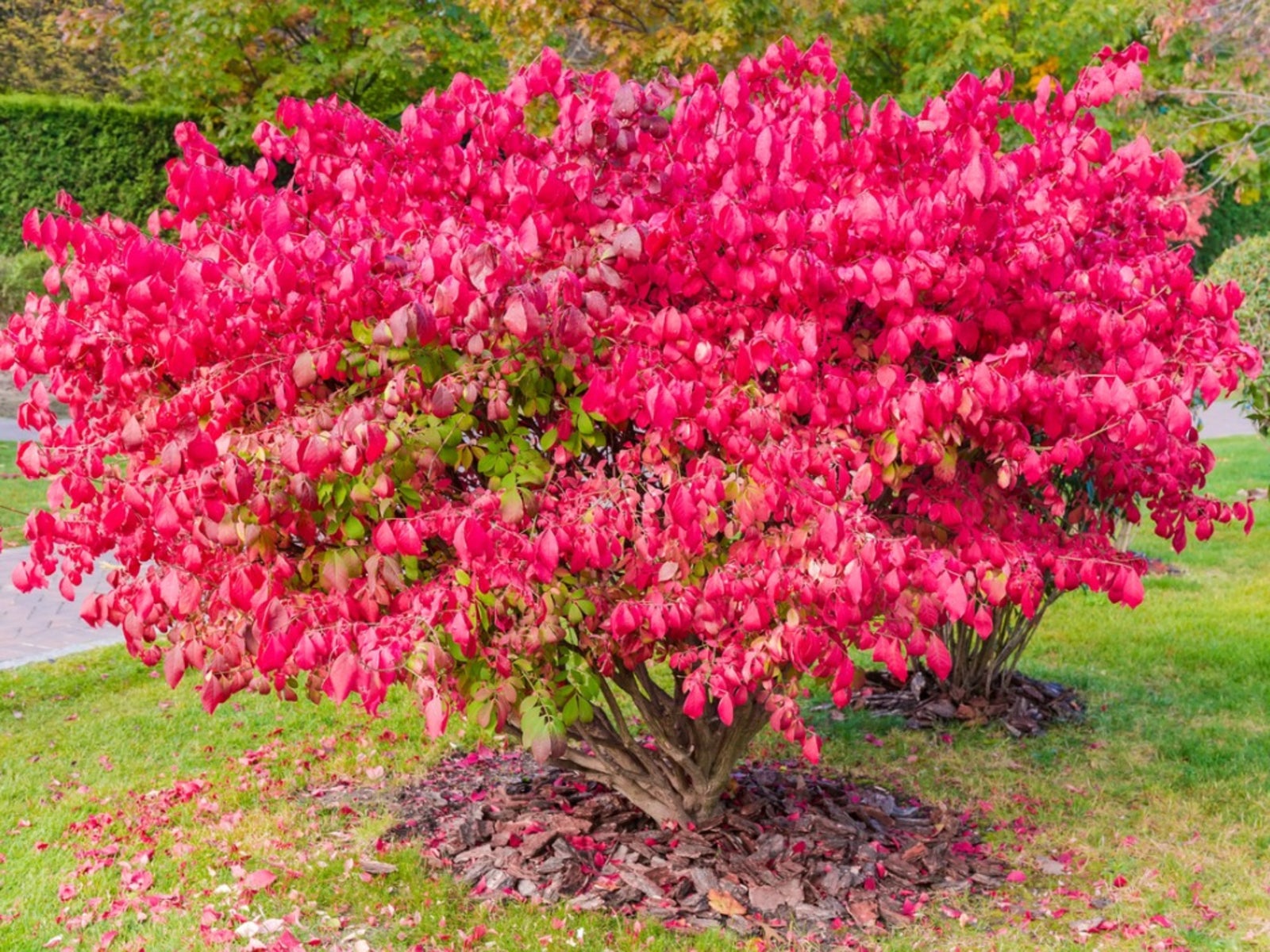 Burning Bush Propagation: How To Propagate A Burning Bush
Burning Bush Propagation: How To Propagate A Burning BushBurning bush is a tough but attractive landscape plant, popular in mass and hedge plantings. If you need several plants for your landscape design, why not try propagating your own. This article explains how to propagate a burning bush.
By Jackie Carroll
-
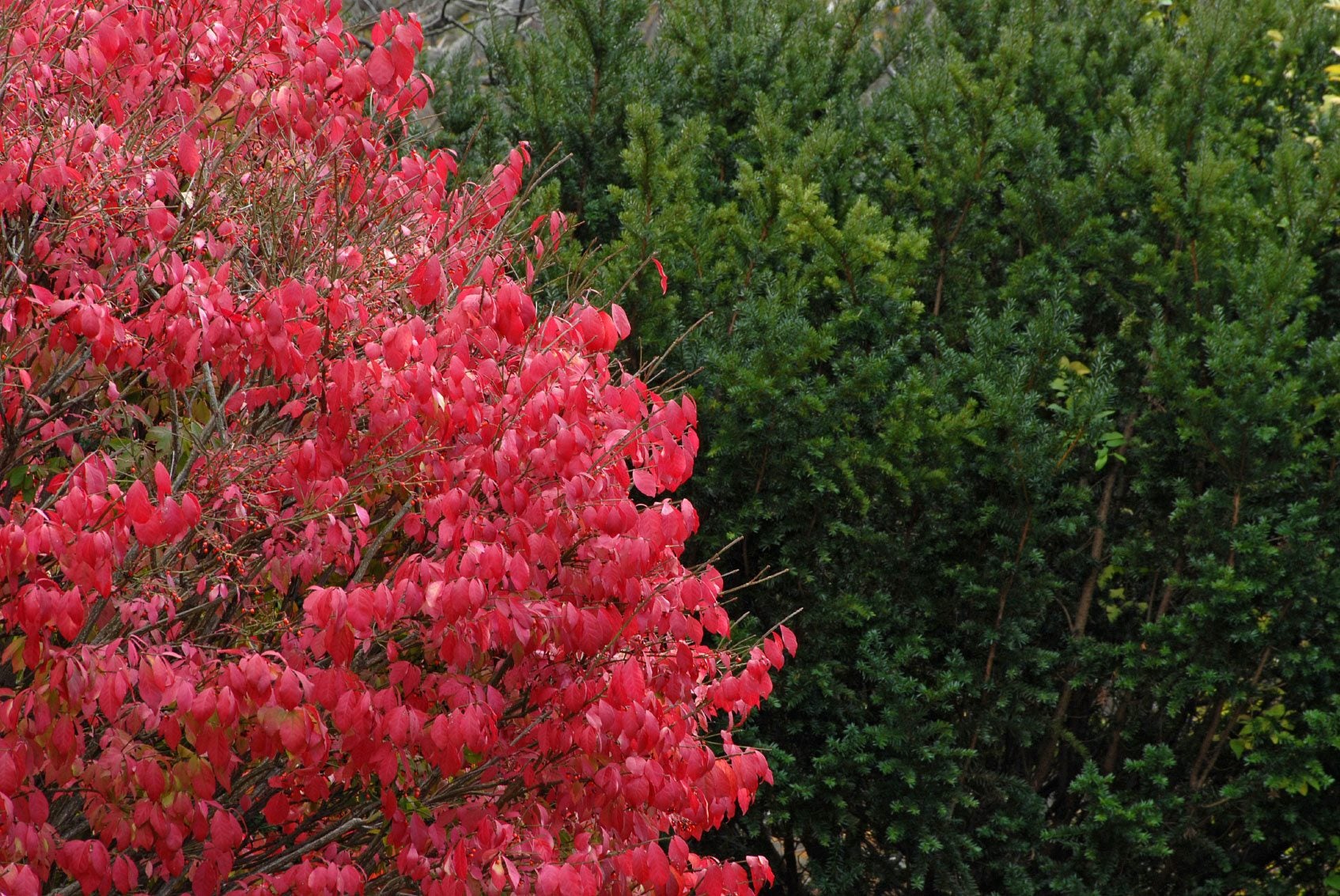 Learn About The Care Of Burning Bush - How To Grow A Burning Bush Plant
Learn About The Care Of Burning Bush - How To Grow A Burning Bush PlantGardeners who want a burst of crimson color in fall should learn how to grow a burning bush. This bush has a natural form that shows well in borders, beds and even containers. Read this article to learn more.
By Bonnie L. Grant
-
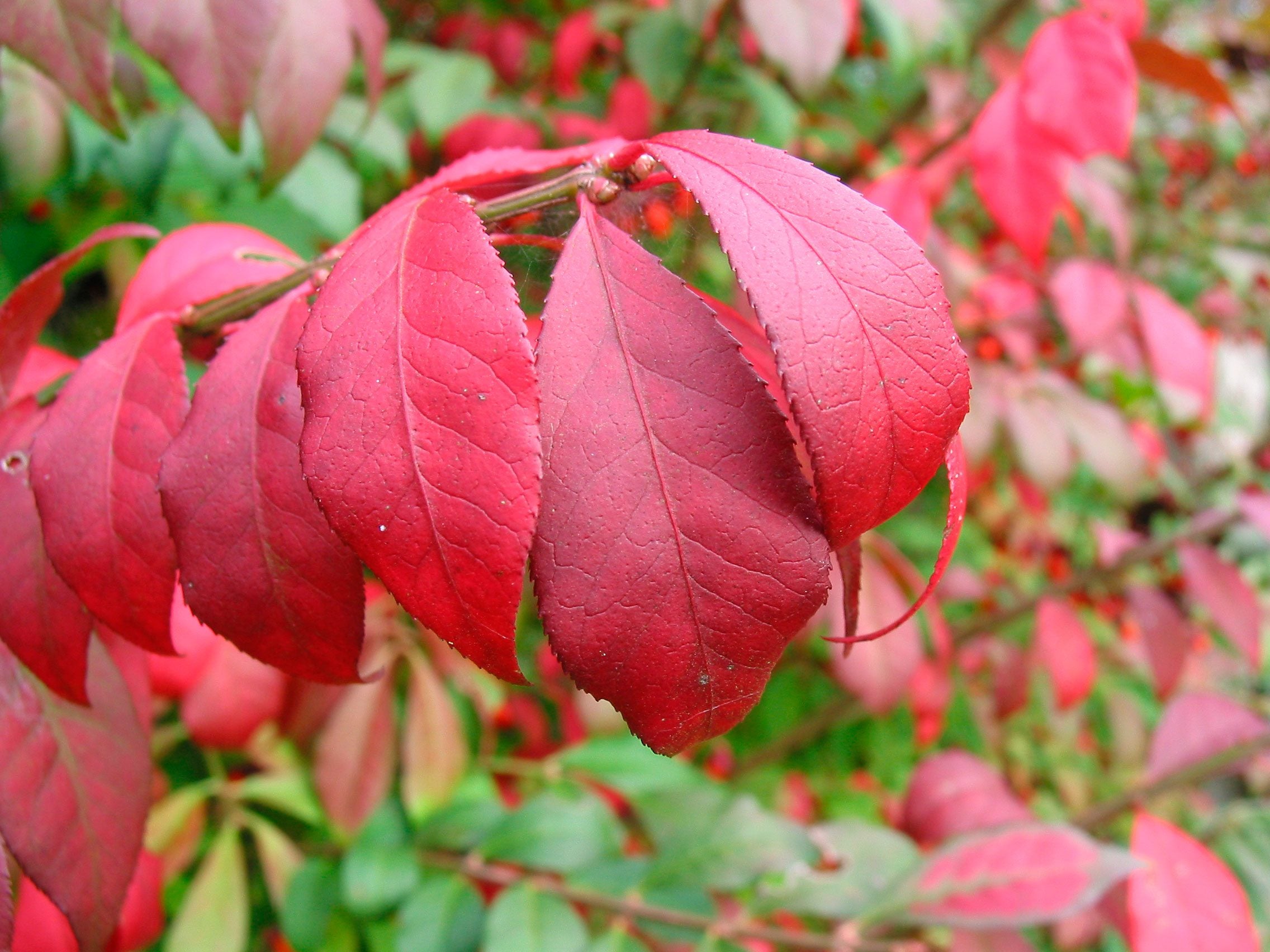 Pruning A Burning Bush - When To Prune Burning Bush Plants
Pruning A Burning Bush - When To Prune Burning Bush PlantsBurning bush is a dramatic addition to any garden or landscape. While it is a popular shrub, burning bush is also a shrub that is prone to a??overgrowinga?? its space. Get tips on pruning these shrubs in this article.
By Heather Rhoades